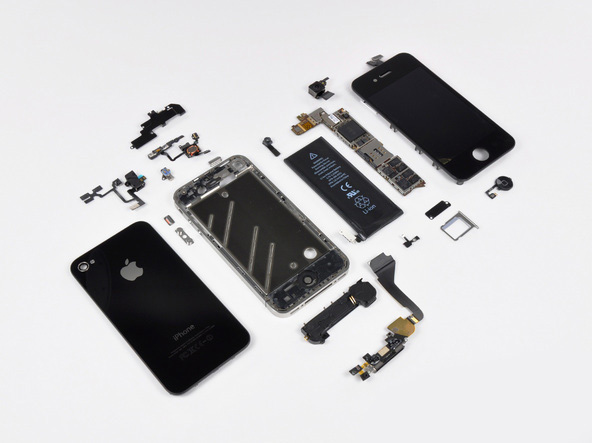The global smartphone sensors market has witnessed exponential growth in recent years, driven by advancements in sensor technologies, increasing smartphone penetration, and the proliferation of mobile applications. This report provides a comprehensive analysis of the market size, share, trends, opportunities, and forecasts, segmented by mobile type, sensor type, applications, region, and competition for the period 2020-2030.
Market Overview:
Smartphone sensors play a crucial role in enhancing user experience, enabling features such as biometric authentication, augmented reality, and location-based services. With the evolution of smartphones into multifunctional devices, the demand for advanced sensor technologies continues to rise across various mobile segments, including standard smartphones, rugged smartphones, and others.
Segmentation:
- By Mobile Type:
- Standard Smartphones
- Rugged Smartphones
- Others
- By Sensor Type:
- Biometric Sensors
- Image Sensors
- Accelerometer
- Gyroscope
- Magnetometer
- GPS
- Ambient Light Sensor
- By Applications:
- High End
- Mid-Range
- Low End
- By Region:
- North America
- Europe
- Asia Pacific
- Latin America
- Middle East & Africa
Market Dynamics:
The global smartphone sensors market is influenced by several factors:
- Technological Advancements: Continuous innovations in sensor technologies, such as improved accuracy, sensitivity, and integration capabilities, drive market growth.
- Increasing Smartphone Penetration: The proliferation of smartphones across both developed and emerging markets fuels the demand for advanced sensor solutions to enhance device functionality and user experience.
- Rising Demand for Mobile Applications: Growing consumer reliance on mobile applications for communication, navigation, gaming, and productivity drives the adoption of sensors capable of supporting diverse application requirements.
- Emergence of Rugged Smartphones: The demand for rugged smartphones equipped with robust sensors for enhanced durability, performance, and reliability in harsh environments presents new growth opportunities in the market.
Opportunities and Challenges:
- Opportunities: The integration of advanced sensor technologies, such as 3D facial recognition, AI-powered image processing, and environmental sensing capabilities, presents lucrative opportunities for market players to cater to evolving consumer demands.
- Challenges: However, challenges such as cost constraints, compatibility issues, and privacy concerns associated with biometric sensors and location-based services may hinder market growth to some extent.
Regional Analysis:
- North America: The region dominates the global smartphone sensors market, driven by technological advancements, high smartphone adoption rates, and robust demand for premium devices.
- Asia Pacific: Asia Pacific emerges as a key market for smartphone sensors, fueled by the rapid expansion of smartphone manufacturing and increasing consumer spending on mobile devices across countries like China, India, and South Korea.
- Europe: Europe witnesses steady growth in the smartphone sensors market, supported by the presence of leading smartphone manufacturers and a tech-savvy consumer base.
Competitive Landscape:
The global smartphone sensors market is characterized by intense competition among key players, including sensor manufacturers, smartphone OEMs, and technology providers. Strategic collaborations, product innovations, and investments in research and development are key strategies adopted by market players to gain a competitive edge.
The global smartphone sensors market is poised for significant growth, driven by technological innovations, increasing smartphone penetration, and the proliferation of mobile applications. As consumer demands evolve and smartphone functionalities expand, the demand for advanced sensor solutions capable of delivering enhanced performance, accuracy, and reliability is expected to surge. By capitalizing on emerging opportunities, addressing challenges, and fostering innovation, stakeholders can unlock the full potential of the smartphone sensors market and drive sustained growth in the years to come.











